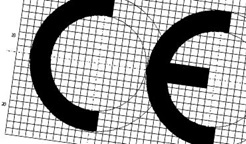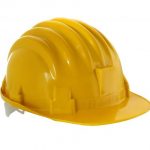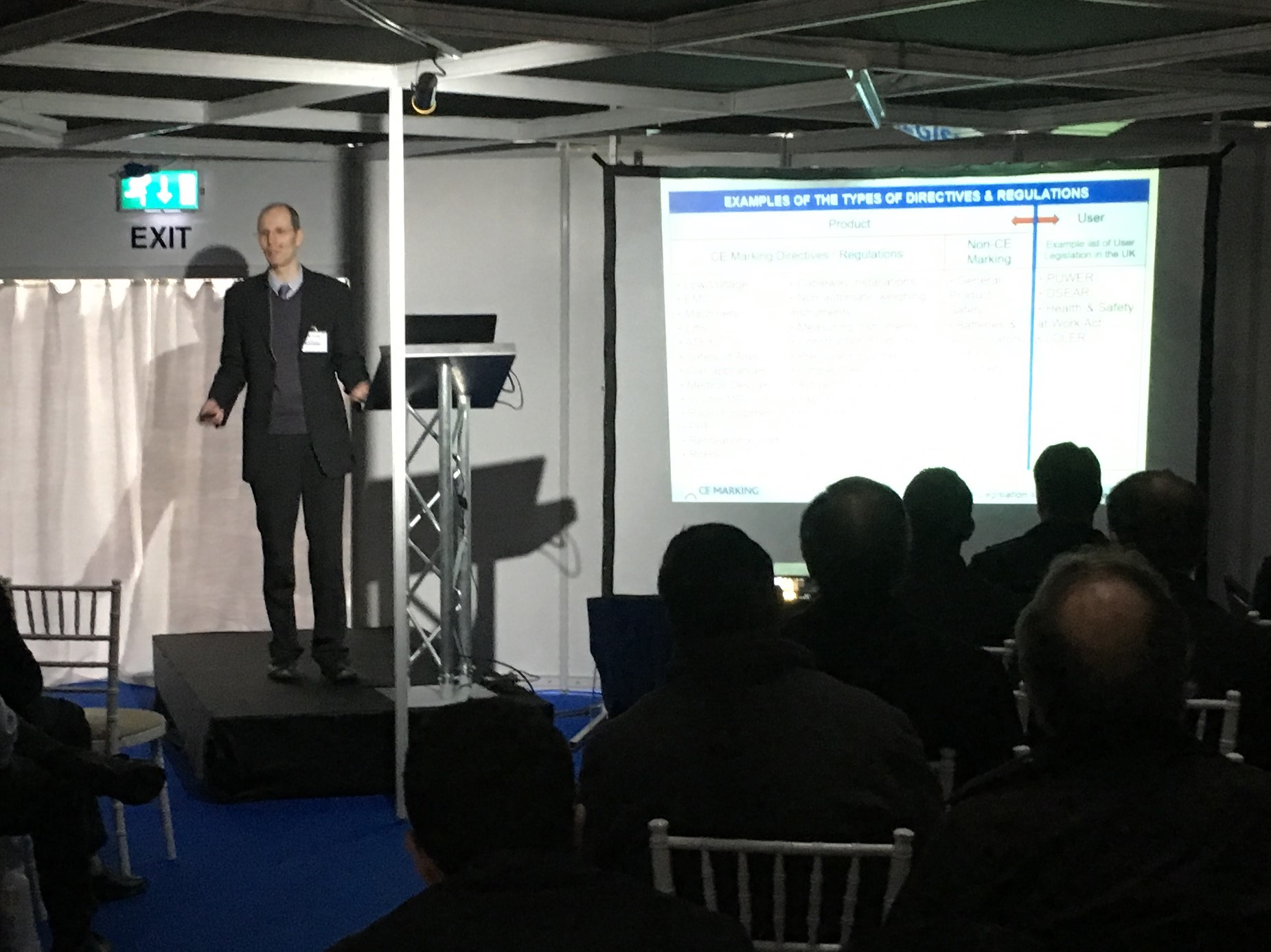This is a very common question that we get asked on our CE Marking training courses and it can often be linked to another question; ‘why should we CE mark?’

First it is easy to answer the ‘why bother’ question; simply put, it is a legal requirement to affix the CE mark to products covered by CE Marking Legislation. There are some exceptions to this rule and it is important to note that not everything can be CE marked. However, if we look at when it is required, the CE mark should illustrate that the product is compliant to the relevant Legislation and therefo
re can be made available on the market. The process is intended to give a level playing field, with everyone following the same process. The question about enforcement often appears when manufacturers are concerned that some people in the market place are cutting corners and maybe trying to gain an unfair advantage by doing so. The answer will depend upon various factors, so let’s focus on the basics.
The enforcement of the CE mark is down to individual countries, which have their own ‘Market Surveillance Authorities’. In the UK, there are many bodies doing this job, who will investigate non-conformities, with Trading Standards and the Health and Safety Executive (HSE) being two examples. The GOV.UK website says that an enforcement body will often provide an opportunity to ensure a product is correctly CE marked, should it be found not to meet the requirements. It goes on to say that failure to comply could lead to a product recalls, prohibition notices, fines or imprisonment.
We are not aware of any cases where someone has received a custodial sentence, but it is possible to see the other types of enforcement measures that have been taken, by visiting the European Commission’s ‘Rapid Alert System’ (formerly known as RAPEX) website. This website produces weekly overview reports of dangerous products that have been found by the national authorities. By searching the reports, you can quickly find items where there is a risk of electric shock, fire, cuts and other injuries and action taken for each ‘alert’, which is typically a recall, withdrawal and ban of the product.
The HSE in the UK, maintains a public register of convictions, where is possible to see examples of companies successfully prosecuted under the ‘Supply of Machinery (Safety) Regulation’ (the UK Statutory Instrument for the EU Machinery Directive) and other Regulations policed by the HSE. The level of information for each breach is limited and can it can vary on each record, but does show that all we
re given fines. It is understood that the enforcement measure is proportionate to the level of risk.
Two Examples of Enforcement Measures Taken:
- Prosecution of a company following an accident where a person got their hand trapped in a roller and suffered multiple fractures. The company was fined £4000.00 after being found to be non-compliant with the Supply of Machinery (Safety) Regulations.
- An imported LED wall light posed the risk of an electric shock, because the electrical insulation of the power supply unit was found to be inadequate. The report states that the item was recalled from the end users, after being found to be non-compliant with the Low Voltage Directive and EN 60598 (European Standard for Luminaires).
The CE Marking Association can assist you to meet your own CE Marking requirements, but should you be concerned about non-compliant items, then make sure you raise your concern with the relevant enforcement body. Further details about enforcing the CE Mark can be found at the links below.
https://www.gov.uk/guidance/ce-marking#ce-marking-enforcement
https://ec.europa.eu/consumers/consumers_safety/safety_products/rapex/alerts/?event=main.listNotifications
http://www.hse.gov.uk/prosecutions/



 Over 150 people attended the three CE Marking Seminars given at the Southern Manufacturing Show earlier this month which looked at the CE Marking process in general as well as exploring recent or imminent changes to legislation.
Over 150 people attended the three CE Marking Seminars given at the Southern Manufacturing Show earlier this month which looked at the CE Marking process in general as well as exploring recent or imminent changes to legislation.









